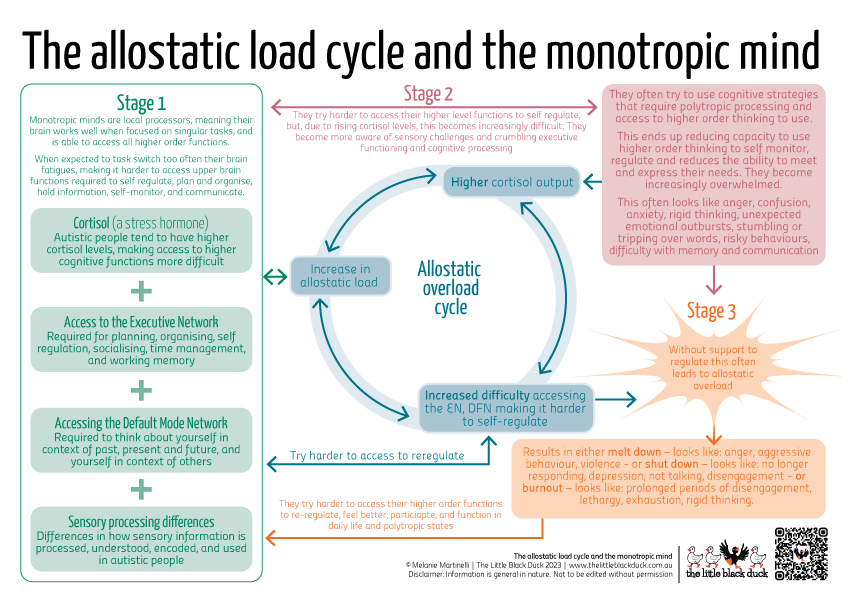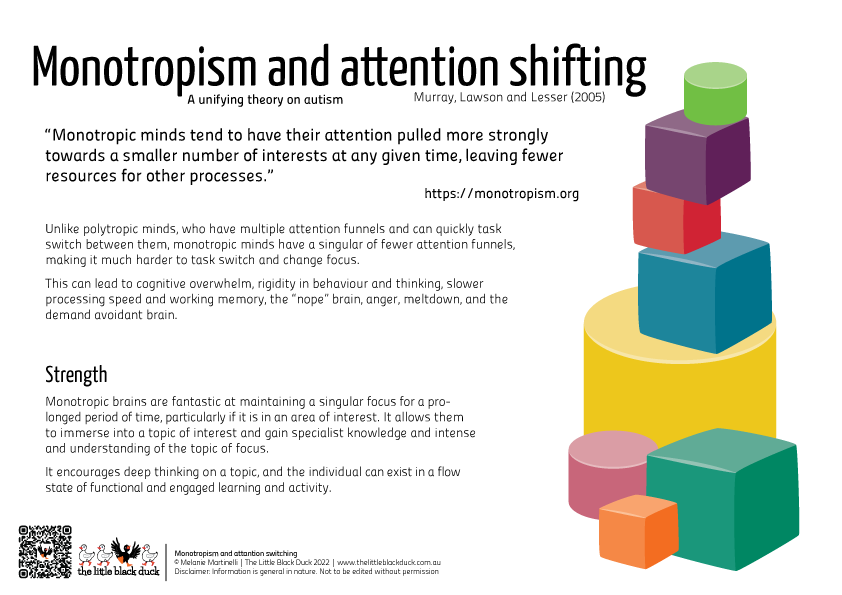Autism +: Understanding Co-Occurring Conditions in Autism
The term “Autism +” reflects the reality that many autistic individuals experience co-occurring conditions that significantly shape their daily lives. These additional challenges often get grouped under the umbrella of “autism”. However, this framework encourages us to reframe this understanding—not as a single entity but as an autistic brain experiencing multiple challenges. This shift is vital for providing targeted, effective, and respectful support.

What is Autism +?
Autistic individuals frequently experience higher rates of co-occurring conditions compared to the general population. These may include:
- Neurodevelopmental conditions: ADHD, intellectual disability, specific learning disabilities, and motor difficulties.
- Language differences: Expressive and receptive language delays.
- Mental health challenges: Anxiety, depression, and trauma.
- Medical conditions: Epilepsy, Down syndrome, and sensory processing differences.
Rather than viewing these challenges as part of a monolithic “autism” diagnosis, the Autism + perspective recognises the complex interplay between autistic neurology and co-occurring conditions. This distinction is critical for understanding an individual’s needs and improving their quality of life.
Why the Autism + Approach Matters
- Clarifying Neurology vs. Impact on Function:
- Understanding what is intrinsic to autistic neurology (e.g., sensory processing differences) versus what stems from co-occurring conditions (e.g., anxiety or trauma) provides clarity.
- This helps tailor interventions to address specific challenges without conflating them with autism itself.
- Accurate and Individualised Supports:
- By identifying and addressing co-occurring conditions, we can implement supports that directly target these struggles, leading to better outcomes.
- For example, sensory processing disorder might require environmental adaptations, while anxiety might benefit from therapeutic interventions.
- Improving Quality of Life:
- Treating co-occurring conditions, such as epilepsy or depression, can drastically improve an individual’s day-to-day functioning and overall well-being.
- Addressing these conditions reduces barriers to authentic self-expression and engagement.
- Neuroaffirming Interventions:
- Recognising the distinction between autism and co-occurring conditions allows us to design interventions that support autistic neurology rather than attempting to “fix” it.
- This reinforces a strengths-based approach, focusing on helping individuals thrive within their neurotype.
Examples of Autism + in Practice

Consider the following scenarios where the Autism + approach leads to more effective understanding and support:
- Language Delays and Anxiety:
- An autistic individual with receptive language delay may struggle to understand spoken instructions, which can lead to frustration and anxiety.
- Recognising these as separate challenges allows for targeted supports, such as visual aids for communication and therapeutic interventions to manage anxiety.
- Sensory Processing Disorder and Depression:
- Chronic sensory overload can contribute to depression if not adequately addressed.
- A sensory-friendly environment can alleviate overload, while mental health support can address depressive symptoms.
- ADHD and Motor Difficulties:
- An individual with autism and ADHD might exhibit hyperactivity and impulsivity, while motor difficulties could affect coordination.
- Separate interventions, such as occupational therapy for motor skills and executive functioning strategies for ADHD, ensure all needs are met without conflating challenges.
Shifting Perspectives: Flipping the Lens
The Autism + framework encourages us to flip our thinking:
- From “This is all autism” to “This is an autistic brain experiencing multiple challenges.”
This shift matters because it:
- Reduces Stigma: Understanding that many challenges stem from co-occurring conditions, rather than “severe autism,” reduces the stigma around being autistic.
- Empowers Support Teams: Families, educators, and clinicians can provide more accurate and compassionate support.
- Improves Advocacy: Autistic individuals and their allies can advocate for interventions and resources that address both autistic and non-autistic needs.

Building Neuroaffirming Supports
The Autism + perspective aligns with a neuroaffirming approach, focusing on respect, understanding, and meaningful support. Practical steps include:
- Holistic Assessments:
- Ensure assessments evaluate both autistic traits and co-occurring conditions, providing a complete picture of the individual’s needs.
- Tailored Interventions:
- Address co-occurring conditions with evidence-based strategies while celebrating and supporting autistic neurology.
- For example, combine trauma-informed therapy with sensory regulation strategies.
- Collaboration:
- Involve multidisciplinary teams, including speech therapists, occupational therapists, and mental health professionals, to address diverse needs.
- Education and Advocacy:
- Educate families and communities about Autism + to promote understanding and reduce stigma.
- Advocate for systemic changes that prioritise accessibility, inclusion, and individualised supports.
Conclusion
The Autism + framework provides a nuanced, compassionate lens for understanding the intersection of autism and co-occurring conditions. By recognising these as distinct yet interconnected aspects of an individual’s experience, we can design supports that honour their neurotype while addressing specific challenges. This approach shifts the focus from survival to thriving, empowering autistic individuals to live authentic, fulfilling lives.
This article is based on Melanie Martinelli’s infographic, “Autism +.” For more insights and resources, visit The Little Black Duck. By embracing Autism +, we move closer to a world where every autistic individual receives the understanding and support they deserve.
4o








